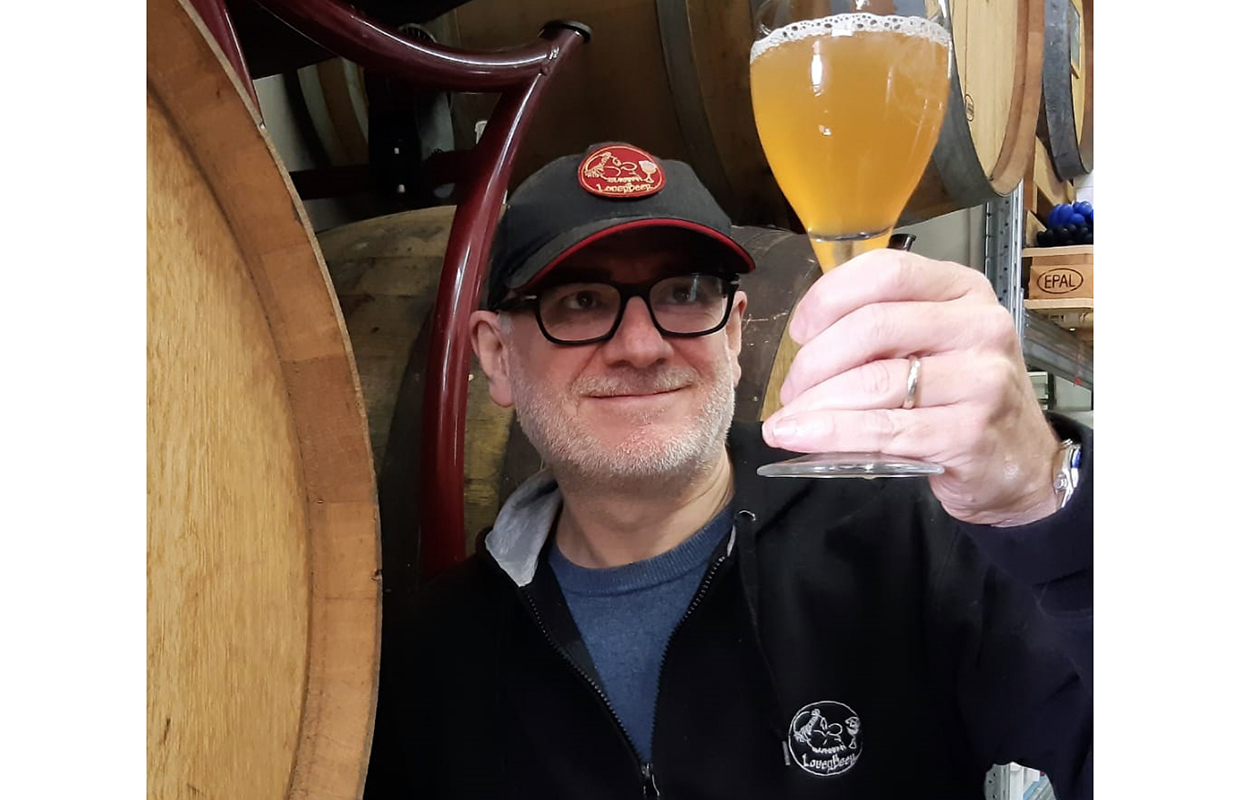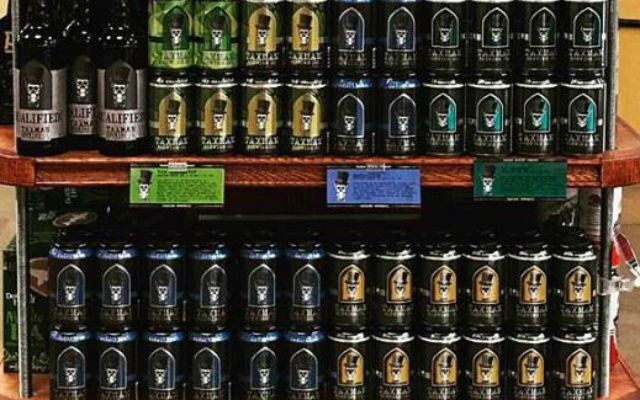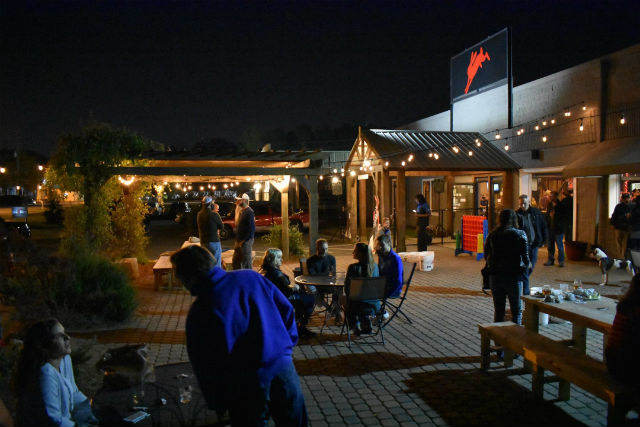
International Insights is a continuing series of Q&As with brewing members, but this time branching outside of the US and into the rest of the world.
In this series, Brewer will share personal insights from international breweries each week about the craft beer market in other countries, where those brewers get their inspiration, and how the market compares to craft beer in the US.
Valter Loverier, founder & Brewmaster, LoverBeer SRL — Marentino, Italy
BREWER: What can you tell me about the history of your brewery?
LOVERIER: In the late 90s I was an IT manager but, as many Italians, with a huge passion for good food and beverage. I was fascinated in particular by the natural processes in which a simple ingredient was transforming in a complex and exciting experience of flavors, and by the wise skills needed to manage these processes. As a drinker, I was blown away by the unusual taste experience. I found out that homebrewing let me practice and experiment perfectly with wild and spontaneous fermentation, working with unusual raw materials, as grapes, and joining Italian culture of farmers and winemakers with my endless love for beer. Ten years later I was running LoverBeer. Since from the beginning I decided to be completely focused on wild and spontaneous fermentations, using wild yeasts and bacteria, wood tanks and barrels and long maturation, working shoulder-to-shoulder with the farmers of the surrounding area to have the best fruit at the perfect maturation point, using the skills to control the natural process, to make it repeatable but with no distortion or compromise. The aim was giving to the beer the same dignity of wine (that’s not taken for granted, especially in Italy), creating brews of high flavor and aroma harmony (unexpected and elegant taste, complex but easy drinkable beers, with a recognizable signature from LoverBeer) that can inspire consumers’ sensory experience. And this is still my path.
BREWER: What are the popular beers at your brewery, and how do they compare to the popular styles in your country?
LOVERIER: I’ve always considered the beer styles not as a model to conform to but rather as an inspirational starting point to develop with a personal footprint in order to express my own terroir. With this approach, more than 10 years ago, LoverBeer first brew was a spontaneous fermentation beer with Barbera grapes. In that period only very few beers with grapes were on the market, but no one was wild and spontaneous, so I can proudly say that I was a pioneer. I put the experience of farmers and winemakers, their techniques, tools and ingredients (composing my root culture) at the service of brewing, to put in the foreground my terroir identity. This beer, named BeerBera, is still now one of the brewery’s forte. Another popular beer is Serpilla. In spite of the Spanish sound name, Serpilla is a special wild variety of thyme from my region. Differently from Thymus Vulgaris, commonly used in cooking, the Thymus Serpyllum grows in the mountain, in the shade side and high altitude, developing a slightly spicy taste in addition to the typical balsamic fragrance. The use of this thyme, the action of LoverBeer wild yeast (coming from our spontaneous brews) fermenting in wood, the long maturation in oak tanks, give to this beer a fresh and drinkable feeling reminding immediately to a gastronomical taste experience. Of course I could mention many other beers, as every product has got its own identity and fortune. But that’s another interview.
BREWER: Who is your mentor in the industry and why? What have you learned from them?
LOVERIER: Foreign brewing experience and styles are always inspiring. I have always traveled a lot, both in Europe and the US and could meet many important brewers, so I can say that I have many mentors but the list would be too long. The most important thing that I learned from them is to do my own path, being constantly connected with my terroir, not mimetically reproducing in Italy an American or Belgian style.





Be the first to comment